A Passion for People
Becky Barker | 04 March 2024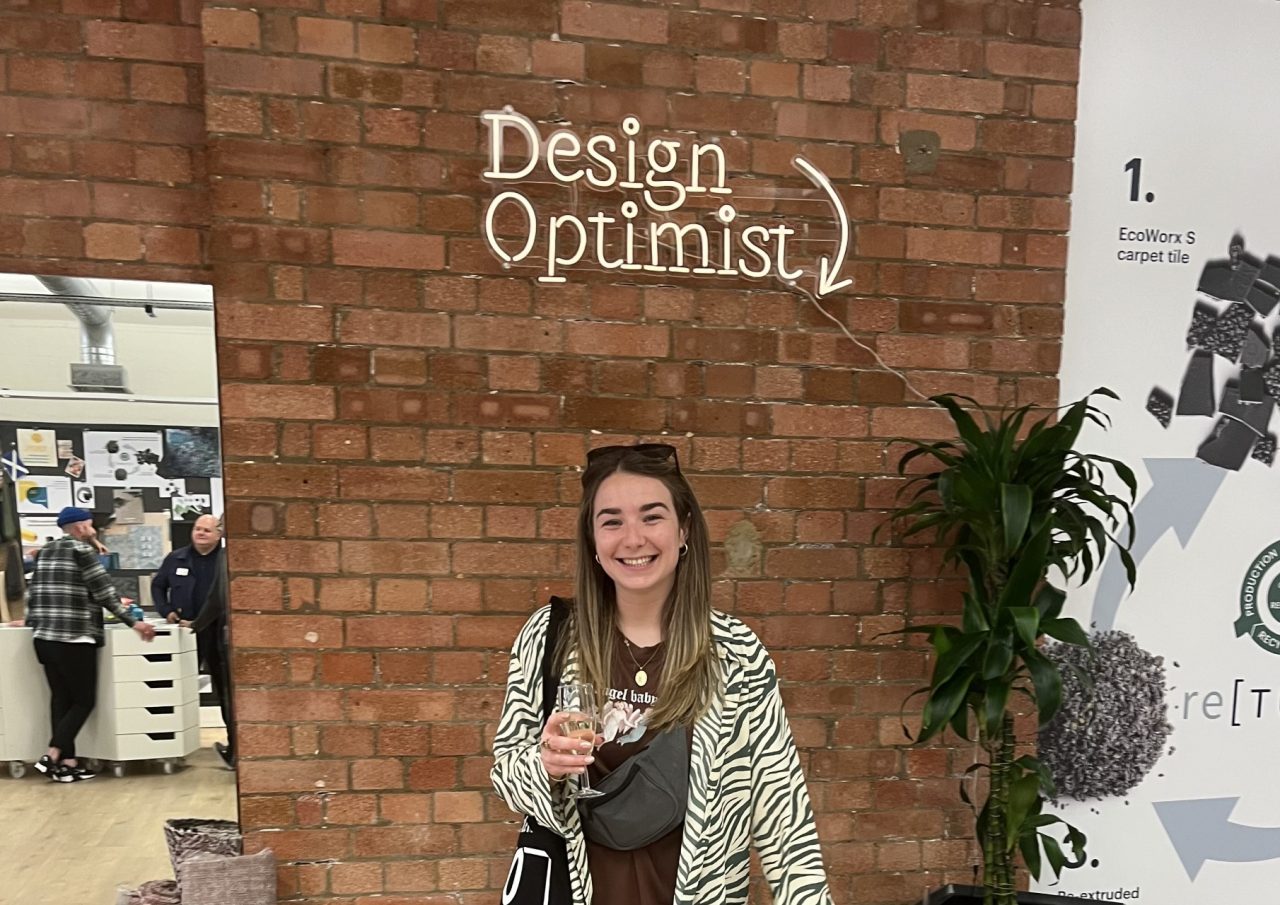
As a young creative, I found it hard to find my design direction. I wasn’t very academic as a child and struggled with literacy. I was, however, very good in practical settings, I was told I was a “kinaesthetic learner’’. During school, I excelled in Sports, Design Technology and Art, so it was no surprise that I went down creative avenues at college. After my A Levels I went on to do an Art & Design Diploma, keen to keep channelling my creativity.
I developed different skills from each subject I studied and started to realise I enjoyed creating ‘things’, but I had no idea where that could take me in my career. At that time, I didn’t know what type of designer I’d be. The year I spent studying Art & Design was the time when I felt most free in my design approach – I tried my hand at literally everything! Some ideas worked and some didn’t, but it was all part of the experimental process I enjoyed so much. I spent a lot of that year making furniture from copper pipes, inspired by Marcel Breuer and Bauhaus.

This led me down the path of Interior Design. While I felt free at college to experiment with many different mediums, it wasn’t until I went to university that I truly began to explore my principles as a creative. I started to ask myself, what type of designer did I want to be? What was important to me? First and foremost, I have always been passionate about social issues and how, with the help of good design, I might be able to improve the issues we face as a society. So often, I would ask myself how a design I was working on could benefit someone’s life. I know that might seem like a pretty extreme question to ask yourself, especially since most people I speak to think my job is just pretty colours and fluffy cushions!
My projects became very people-focused, creating spaces where a particular demographic could thrive. During university, I designed spaces for people who struggled with addiction and mental health issues. Growing up around these social issues is what first sparked this interest, and I felt such a strong need to challenge the misconception that interior design is just decoration and furniture arrangement. It’s so much more than that – well considered places and spaces can improve people’s wellbeing and even aid their recovery. Designing for people became my primary design principle. Human-conscious design refers to a focus on function over form, but I knew that great design could capture both. I studied this line of thinking and was startled by one particular concept I came across – hostile architecture.


In the realm of hostile architecture, I was appalled by some of the ways design was weaponised as a means to exclude and reject, so I made it my mission to create designs that have people at the forefront. My Master’s project was a recovery facility for homeless individuals. The project objective was to invest in the growth of previously homeless people and dogs. The idea was to create a structured step-by-step non-profit business model providing shelter, accommodations, jobs, and opportunities to integrate people back into society. I travelled to New York to research similar supportive housing models, meeting with designers and architects with like-minded views. I spoke with many homeless people across Preston, Manchester, and Liverpool to inform my design. Every area and space of the project was carefully considered, from the journey through the supportive programme to the fabrics and finishes used in the buildings.
I am always thinking about how a space can inspire and motivate the individuals that are going to use it. This is the approach I take at OBI Property. My position as a designer in the commercial world brings new challenges and responsibilities. I’m mainly designing offices, in an era when working from home is all the rage. It’s essential I create spaces that are desirable enough to tempt people out of the comfort of their own homes. No easy feat.
One of the most crucial design principles in the commercial world is accessibility – designing with consideration for people of all ages and abilities. This involves creating spaces that are easy to navigate, with features such as wider doorways, ramps, and grab bars for individuals with mobility challenges. The space should be designed to fulfil its intended purpose effectively. For example, a kitchen should have efficient workflow patterns, and a living room should facilitate comfortable social interaction and relaxation. Comfort is also essential for users to feel at ease in a space. This involves things like ergonomic furniture, proper lighting levels, adequate ventilation, and temperature control.
While the aesthetics of a space are of course subjective, a visually pleasing environment can positively impact people’s moods and well-being. Considerations such as colour theory and texture contribute to creating an inviting and engaging atmosphere. Proper lighting design is crucial for boosting functionality, mood, and productivity within an interior space. Client collaboration and feedback is essential to ensure that the design aligns with the client’s vision and time for reflection allows us designers to step away from a project for valuable perspective.
I’ve no doubt that my design principles will continue to change and grow as I develop as a designer, but I know for sure that creating spaces where people can thrive will always be my priority.
https://rsbcreativedesigns.files.wordpress.com/2018/10/becky-semester-3-poster-gct.pdf
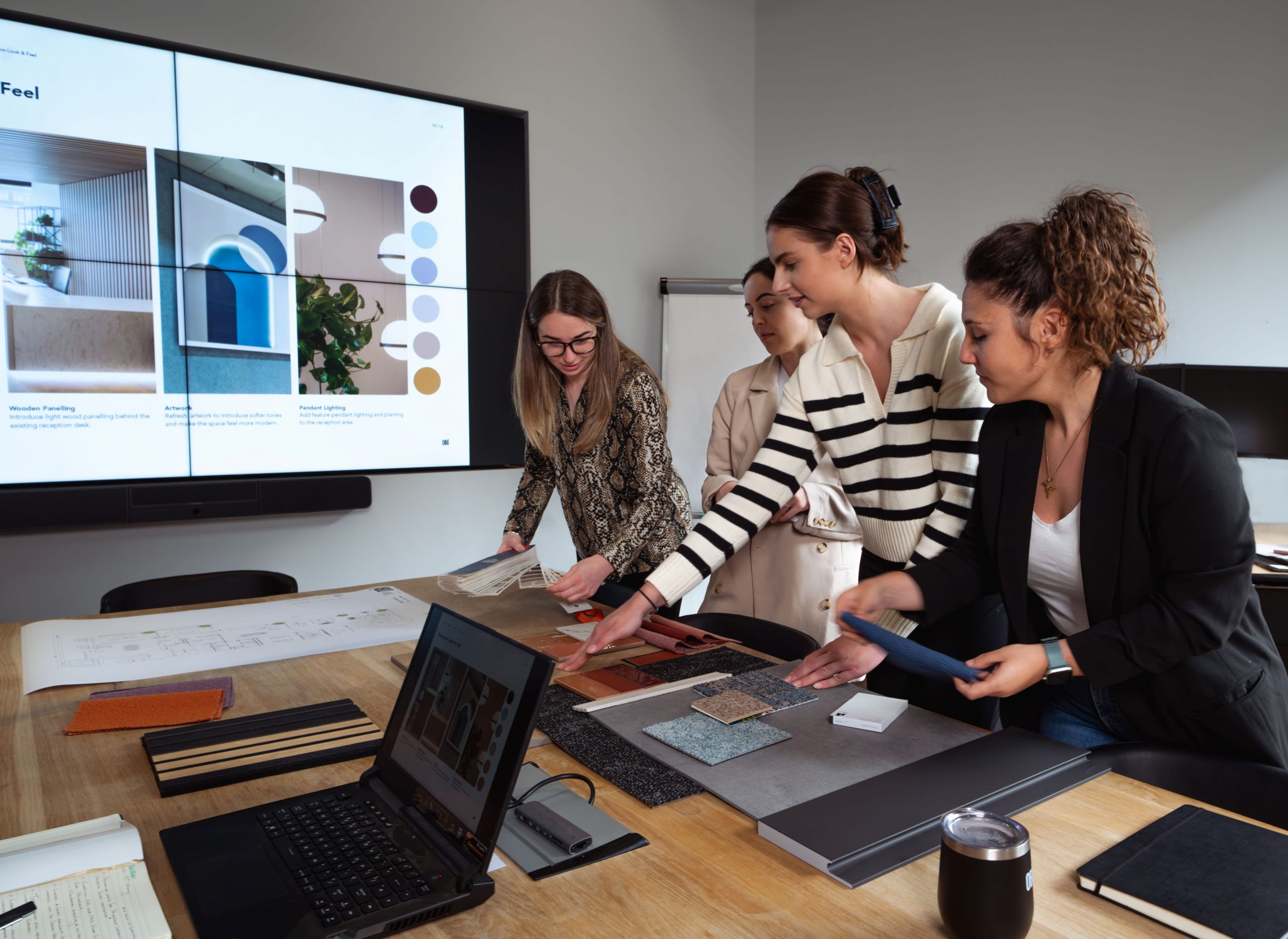
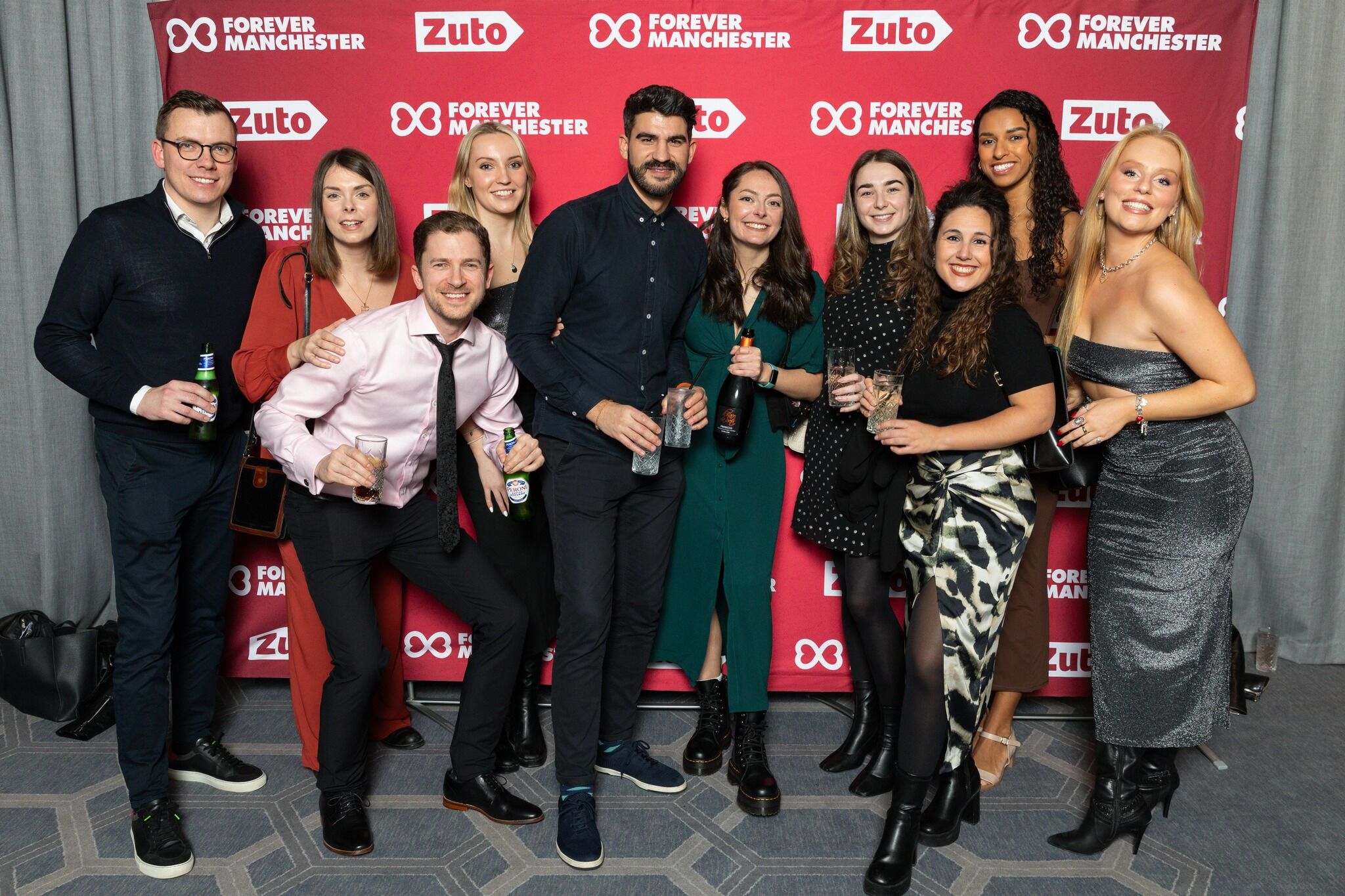
Related articles
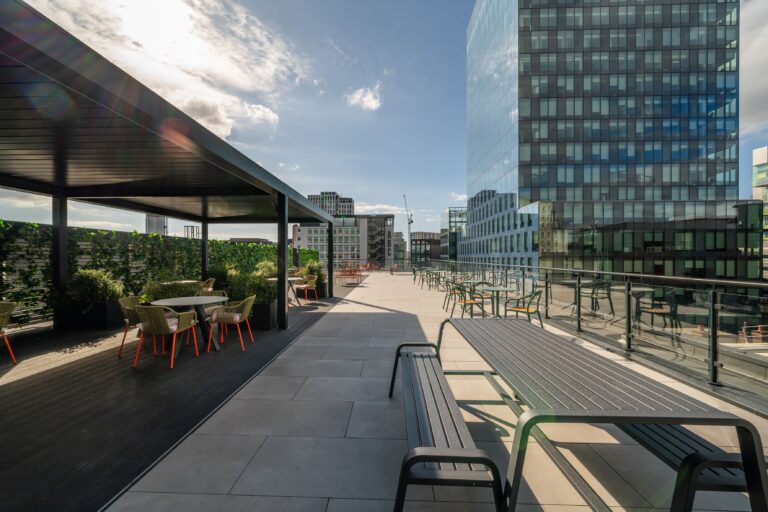
Why Manchester’s Workers Are Fleeing Their Homes and Flocking Back to the Office
18 October 2024I remember sitting up in bed at university, about to log into my first online lecture. After a summer of lockdowns and minimal social interaction, getting back to university felt like a relief. While Covid had plenty of downsides, one silver lining seemed to be the end of mandatory in-person lectures. I rolled out of […]
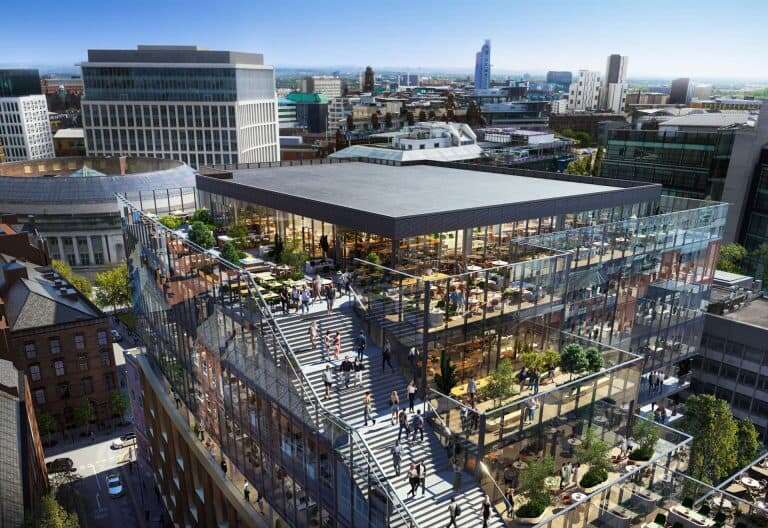
Channel 4 signs on for St Michael’s
16 October 2024OBI is delighted to confirm that all of the office space at the forthcoming £120m Manchester office block from Gary Neville’s Relentless Developments has now been pre-let. Channel 4 has taken a 10-year lease for 12,293 sq ft at St Michael’s eighth floor, sharing half of the floor with Pinsent Mason. When the building completes […]
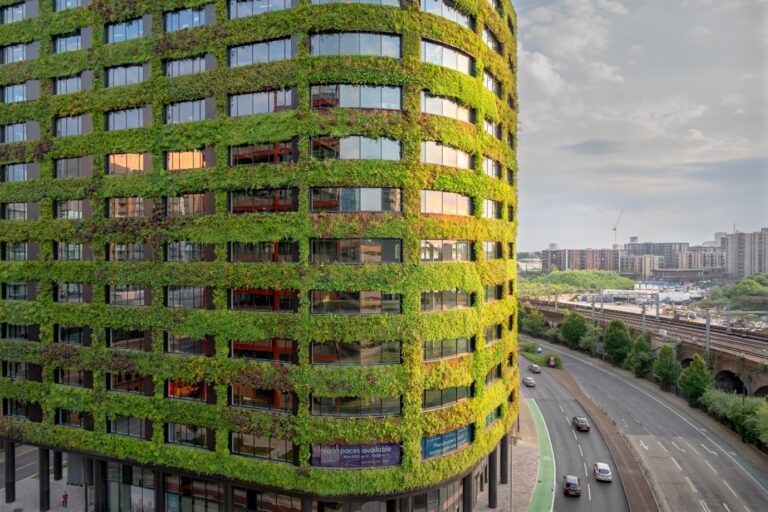
The New UK Net Zero Carbon Buildings Standard: What It Means for the Real Estate Industry
10 October 2024In 2020, OBI published a paper titled “Building Accreditations – A Developer’s Guide”. At the time, building design was evolving rapidly on the back of the pandemic, with landlords, investors and developers unsure which would be valued by the occupational market and the impact that they would have on rental value, void periods and the […]